
Savadove, artistic director of Philadelphia’s EgoPo Classic Theatre, has adapted, with EgoPo actor Ross Beschler, the Henri Barbusse 1908 novel Hell. The play will have its world premiere at the Philadelphia International Festival of the Arts, opening April 27 at the German Society of Pennsylvania, 611 Spring Garden Street, running through May 15. Tickets are $15-$30.
“Hell, the novel, was actually handed to me years ago by an associate, just a friend who thought it fit my interests,” Savadove said. “It sat on my bookshelf for close to 8 years.”
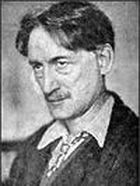
“A man who peeps through a hole in his room: very theatrical, very much about the process of watching theater even,” Savadove said. “I met with the guy who is playing the lead (Beschler), whom I’ve worked with before, and we had talked about doing an adaptation or a new piece, so we decided to work on Hell.”
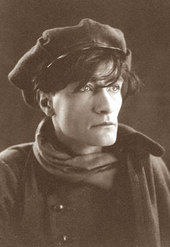
“I found that Barbusse was a big influence on him,” Savadove said. “And realized as I got into it, that it helped give birth to the French Avant Garde movement. We knew this would be a very intense theater piece.”
Just before he caught Hell, Savadove met with PIFA, which was in the planning stages of the festival, and developing ideas with Philadelphia theater companies, PIFA’s focus on Paris in the early part of the 20th century meshed with EgoPo’s season.
“I knew the season would fit PIFA potentially,” Savadove said. “So I found the book again, and said I hope I like this thing…I’d read about it, but not read it, and when I did, I realized, oh my God it’s great!”
As they worked, they tried to figure out how big a cast they’d need: how many actors, how many characters each they could play. About halfway through first draft, they’d figured out the size of their cast.
“Once we finished the rough draft, we brought cast in, starting to stage it, and doing table work,” Savadove said. At that point the cast became incredibly active. About 2-1/2 months ago, we had a 2 week development process with the cast, to really finish the script. Then we took a break before beginning rehearsals, but even then, every scene, the script is open to changes and tweaks, and cast is very participatory.”
During a show’s development, Savadove starts thinking about the light and sound needed, and brings in designers early: set design; music, even the possibility of video is part of the conversation through the whole process.
EgoPo tries to book its casts for the season: building and playing in repertory. Savadove says that on any given show, about half the company are regulars who have done multiple shows with them. The company works to create shows that can continue to live after their initial run; pieces that can tour, return to the rep, go into different venues. The process of creating Hell took about nine months, about six months longer, Savadove estimated, than the company usually spends on a new piece.
While they may have spent nine months in Hell, EgoPo has spent longer than that in limbo and purgatory. Founded 20 years ago in San Francisco, EgoPo later moved to NYC.
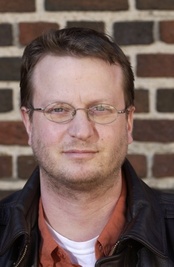
When Katrina devastated New Orleans, EgoPo was on tour—in Philadelphia, Savadove, a Philly native, had never performed a show in his home town, and “I was dying to take a show to Philly,” he said.
So the EgoPo troupe watched in horror on TV as their home was destroyed…and the news media watched them watching the destruction, an act of voyeurism (or solipsism) not unlike the protagonist of Hell.
“Our theater in New Orleans was completely destroyed,” Savadove said. “The roof blown off, most of us lost our homes, it just didn’t really make sense to stay there anymore.” So the company stayed in Philadelphia. “It was the time to come home basically.”
In EgoPo’s production, Savadove has placed the audience in a position similar to the voyeur: “I think part of the process is that they take the perspective of the peeper’s room, the audience is literally sitting in, they share his view of the world,” he said. “They are implicated in the process. And it’s really fun on that side.
In addition to Ross Beschler, the cast includes Mary Lee Bednarik, Allan Radway, Sean Lally, Sarah Howard, Ed Swidey, Cindy Spitko and Sarah Schol. Set Design is by Tony Hostetter, Light and Original Score by Matt Sharp, Video by Ren Manley, and Costumes by Janus Stefanowicz.
Kathleen Warnock received financial compensation for this post from PIFA (Philadelphia International Festival of the Arts).

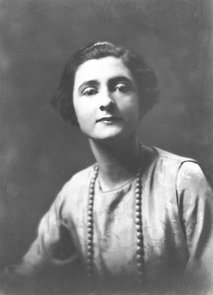
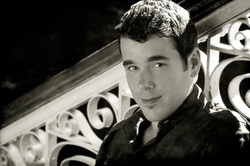
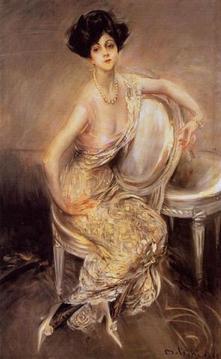
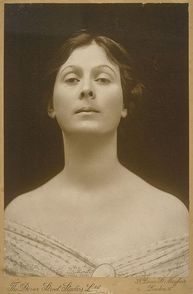
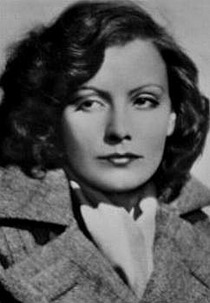

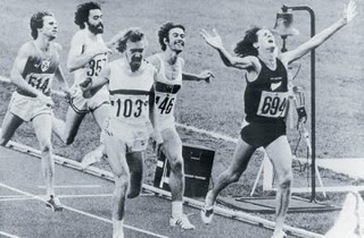
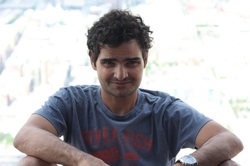
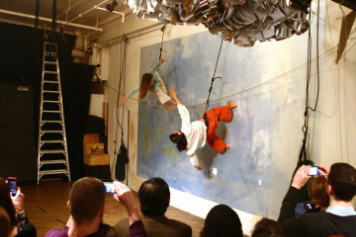
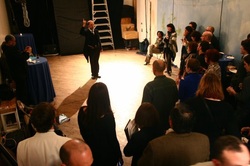
 RSS Feed
RSS Feed
